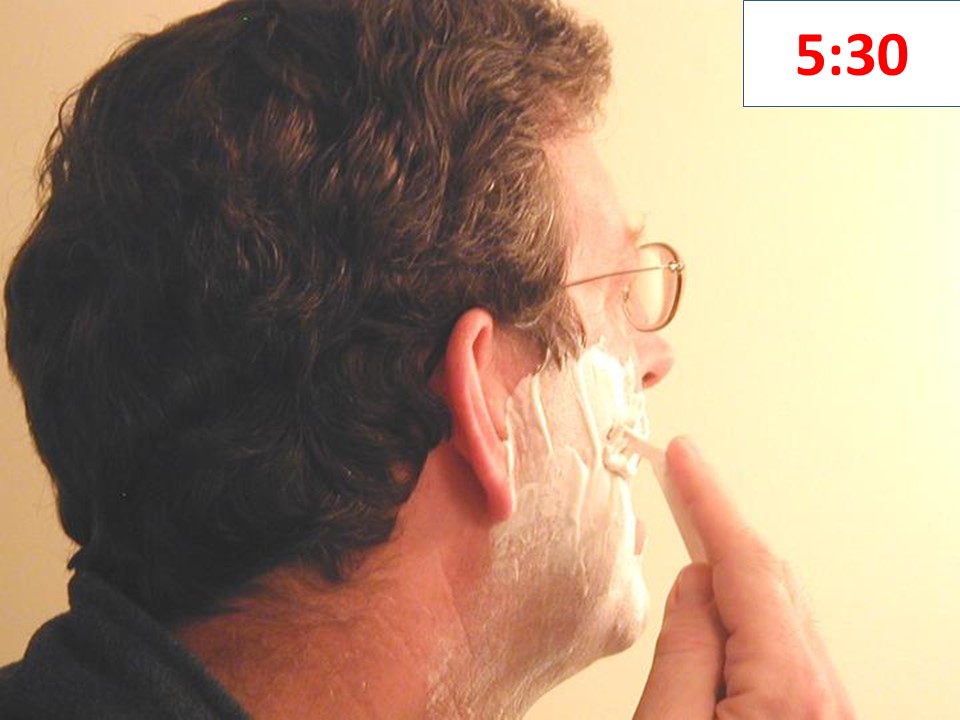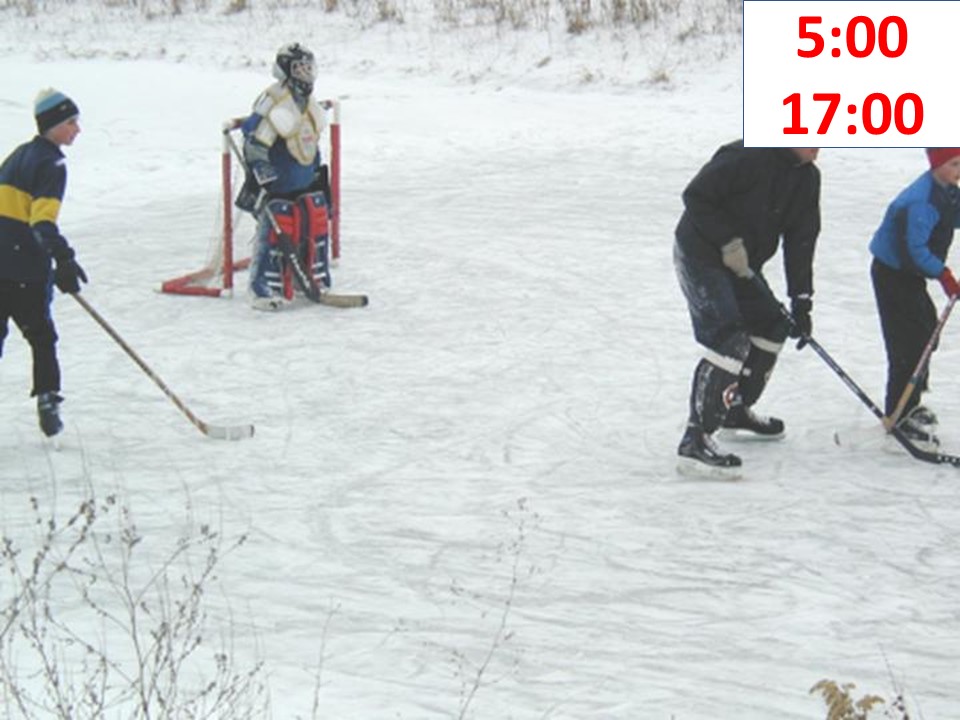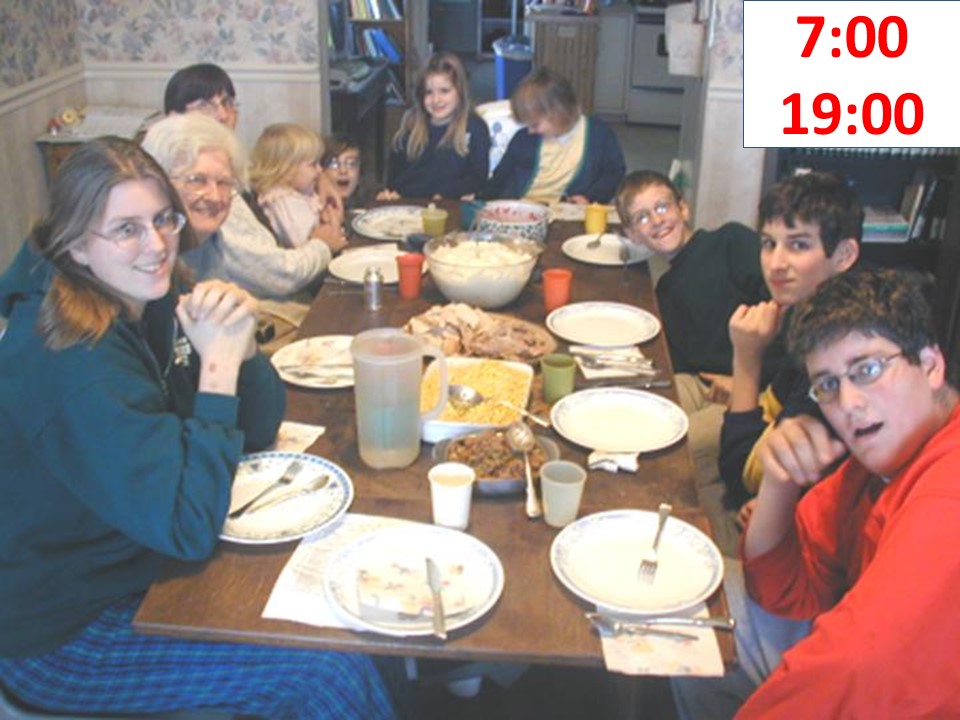You Can't Steer a Car Unless It's Moving
When my friends and I were still single, young and crazy, we once organized a Halloween party that featured, as one of a number of creative games, what we called a "Dead Car Race". That meant dividing the guests up into teams and having each team push a car, whose engine had not been turned on, around the city block on which we lived. The team with the best time was the winner. There was a problem, however, on which we had not counted. With the engine not turned on, there was no power steering and the braking system wasn't particularly effective either. Guiding the cars around four corners without hitting the curb or parked cars was a real test of strength. Dumb idea! Thankfully, no one was hurt and we never repeated that game thereafter.
Has it ever seemed to you that eliciting oral participation from your students was somewhat akin to the task of pushing a dead auto around a city block without power steering? Whereas the preceding chapter was entitled "Let 'Em Talk!", there are times in the school year when the more accurate admonition would read: "Make 'Em Talk!"
It's very possible that those of you in the southern United States cannot relate to this dilemma, but one of those depressing times for those of us in the north hits sometime in the month of February when teachers and students alike are suffering from an illness known as "cabin fever". The first snowfall in Michigan often hits in November, and can even occur as early as October, but snow definitely settles in for the duration of the winter sometime in December. From that point until late March or early April, snow, ice and slush are a constant. Along about February, everyone is so sick of being closed up in the house and classroom that the most prudent thing to do, and which is often done, is to schedule a school vacation called the "Mid-Winter Break". That break, however, never seems to last long enough and teachers still go through weeks of having to motivate themselves to press on and students to wake up, to think and to act. The lethargy that sets in causes students to slouch even deeper into their chairs and essentially adopt the attitude, "Come on...teach me...I dare ya!"



The three photos above illustrate the ever-changing faces of a Michigan winter. The first photo shows Michigan under a blanket of snow, in mid-December. The second was taken in January, whereas the third was captured in February.
And yet, it is absolutely critical to the beginning students' development that they speak up regularly in class, even in the worst and most depressing of seasons. Why? Obviously, it is through the frequency of the students' attentive and enthusiastic interaction with you that their listening comprehension is augmented, that their comfort level in oral expression is developed and that their pronunciation can be honed. But it's also because you can't steer a car unless it's moving, that is, you can't move students toward more refined speech unless they are willing to open their mouths and express themselves.

A savvy instructor engages in lively banter with two of his enthralled students just prior to their Mid-Winter Break.
To keep conversation flowing, especially when "cabin fever" is at its worst, world language teachers need to rely most heavily on three of the most important items in their toolkit. The first of those is "praise and modeling".
You may or may not be a parent, but you have undoubtedly observed parents of toddlers who are just beginning to talk. How do those parents behave when their children form their first 3-word sentences? The child looks up at his parent opening the front door, keys in hand, and says, "You go stoah?" Do the parents frown and says irritably, "Please speak clearly and say things right! If you're asking a question, you need to begin it with the word "do" or "does". Besides, in this case, the present progressive would be much more appropriate. Say, 'Are you going...' And, by all means, you need to use a preposition...and please pronounce the letter "r" correctly. Say, 'Are you going to the store?' C'mon! You're better than this. Now, say it again. 'Are you going to the store?'" Quite the contrary! Parents beam at their brilliant child and, raising their eyebrows and with a big smile, they repeat, "Good! Am I going to the store? Yes, I am. And I want my big boy to come with me!" At that point in their child's development, any progress in his speech is greeted with praise, pride and gentle guidance through modeling proper speech without harping on the child's errors.
I'm sure you get the picture. Linguistically, first year students start as babies, quickly move to the toddler stage and, at best, move on to their second year of study in early adolescence. Their first tentative efforts to convey thought in the second language need to be greeted with effusive praise, building their self-confidence and giving them the desire to repeat the experience of oral participation as often as possible. Only very gradually will instructors begin to raise the bar of expectations as to the structure of a student's remarks. Substance always takes precedence over form and especially with beginners. Such a successful interaction, for example, upon asking the students whether they live in the city or in the country, will probably go like this:
Teacher (addressing the whole class): "Bon, où est-ce que vous habitez? En ville ou à la campagne?"
Student (who raises his hand): "Umm. Je habiter en la campagne."
Teacher (nodding her head vigorously and smiling warmly): "Voilà! Très bien! J'habite à la campagne. Super!"
Notice that the teacher does or says nothing to denigrate the validity of the response. Comprehensible thought has been conveyed and that already is a great victory for the beginning student. The teacher affirms the student for the statement's effectiveness and then merely repeats the statement back accurately without changing the pitch of her voice in any way to point out the mistakes that had been made or to accentuate the corrections. (In reality, the truly prudent instructor will employ gestures and "kinesthetic representations of structure" as she repeats the response correctly, but these will be discussed in a later chapter.) The outcome of this interaction is that the student thinks himself capable, will be willing to speak again and, in time, will pick up the subtle changes he needs to make in the structure of his sentences. By contrast, an early overemphasis on form is sure to cause students to clam up, to decide quickly that this language is not for them and to limit their involvement in the class thereafter to completion of the written grammar packets that are tossed their way.

A second tool in maintaining constant chatter is what I refer to as "first person curriculum". What did I know about Mr. Carson, Miss Majors and Mr. Kaprinoff? Nothing whatsoever! As far as I could tell, they were hung up in the classroom closet at the end of their last class of the day and then taken out, dusted off and set in the front of the classroom sometime before the next day's first hour class. Had I seen them at the supermarket, with their families or playing golf, I would have thought I was seeing an apparition. This is because they never revealed anything of themselves and relied exclusively on the made-up lives of non-existent textbook personnages, whom we were to mimic as we performed our dialogues, as the focus of class interaction.
Many of the discussion topics on which we rely to stimulate oral interaction, particularly if we lean on a textbook, come from "third person curriculum". That means that the professionally produced curriculum we use in class, whether it exists in the form of a textbook, online lessons or a video series, directs us to talk about the details of someone else's life and not our own. When the mid-winter blues set in, students don't care to discuss where some unknown person named José lives nor how many people there are in his family. To the students, he is but a two-dimensional image or drawing on a piece of paper. They couldn't care less whether Jean-Marcel likes classical, rock, hip-hop, ska or techno. They just want to take a nap.
By contrast, "first person curriculum" places its focus on the teacher and students themselves, leading them to reveal the details of their own lives. I indicated that the teacher is included in this focus, because being self-revealing begins with the instructor who sets the example. Unlike Mr. Kaprinoff, who tried to generate conversation from my high school classmates over the sordid details of the fox's heist of the crow's cheese, first person learning activities oblige instructors to present to their students, ideally as visually as possible, a glimpse of some aspect of their lives. Its content should matter enough to the teachers that they themselves look forward to the chance to let down their guard a bit and show their students that they too have a real life beyond the classroom walls. As the students listen to the teacher's self-presentation, they start comparing their life to that of the teacher and soon are anxious to have the same opportunity to share about themselves.
Examples of such topics are found in the ULAT. While studying Unit 1, students are equipped to make a general self-presentation. They talk about their daily routine in Unit 2 and about some (fairly minor) problem they are facing in their lives while seeking proposed solutions from their classmates. In Unit 3, they share about situations in which they feel various emotions and also provide a description of someone who has significantly impacted their lives. With the vocabulary provided in Unit 4, they make PowerPoint presentations composed of photos of the exterior and interior of their homes and give their classmates a guided tour or they talk about the chores that each member of their family performs to help maintain the home. With all of these topics, it is the teacher who sets the example by first sharing about his or her life before inviting the students to do the same.





These are five photos from a 25-photo series (see lesson 2.15) that the ULAT's author had taken of himself to convey to his students aspects of his daily routine while still a classroom teacher.
Of course, such first person curriculum is not shared merely for the sake of self-revelation. Ultimately, the goals are always linguistic in nature. With motivating and maintaining a constant flow of oral interaction being the challenge of first year teachers, they use the content shared in a variety of ways to stimulate oral participation. When a student's presentation is completed, they ask the class members to summarize its content, allowing each voluntary participant to bring up only one detail per statement and keeping an exact total of each comment made. Then, with the same parameters regarding the oral participation, they ask the students to compare and contrast their own personal experience with that of the student who has just completed his or her presentation. They may also ask the students questions that probe more deeply into the content shared, such as, "Why does he/she have to get up so early?" or "Does your family have a vegetable garden too? Why or why not?" or "Would you like to have such a large family some day? Why or why not?" First person curriculum draws students into active participation. Third person activities stultify, unless they culminate in first person sharing.

The third tool to which we need to turn to motivate oral participation is a rather draconian one. I must confess that it will only work if students have a least a mild interest in the grade that they will receive in your course, because there are students whom even the most interesting lesson plans and stimulating activities will not be moved to open their mouths and voluntarily speak. Unless you make participation in class discussion absolutely indispensable in order to pass the class, you give students the option of passivity. When it comes to language acquisition, passivity is absolutely fatal. As infants, passivity was unthinkable because, without speaking up, or more likely crying out, you might not get fed when you were hungry or changed when you needed it. Youngsters have a way of making their desires known and are not shy about it. That insistence upon making our needs known has a lot to do with our language development. Make communication optional in your classroom and most students will opt out.
Thus, we have to ensure that students who regularly contribute in class will be handsomely rewarded on their report card and that those who fail to do so may consequently not even pass your class. In the first year, this meant that I weighted oral participation very heavily in the final grade. The sheer number of times students raised their hands, were called on to speak and did so counted for 50% of their final grade. The other 50% of the grade was determined by their oral test scores, so as to make sure that growth in proper speech would receive its due as well. In the second year, the oral participation component decreased to 33% of the grade, then to 25% in the third and fourth years.
Assigning such a heavy weight to oral participation implied that I had to develop an absolutely equitable way of determining on which students I would call and in what order when multiple ones wanted to speak. It also meant that I needed to develop an utterly objective system for attributing a grade for the participation factor, otherwise I would have a lot of explaining to do to students and to their parents. The means of calling on students, recording their participation, keeping quarterly records and attributing an oral participation grade will be the subject two chapters from now. First, however, we'll talk about setting the stage for intensive oral interaction, as we look at the impact of classroom layout
